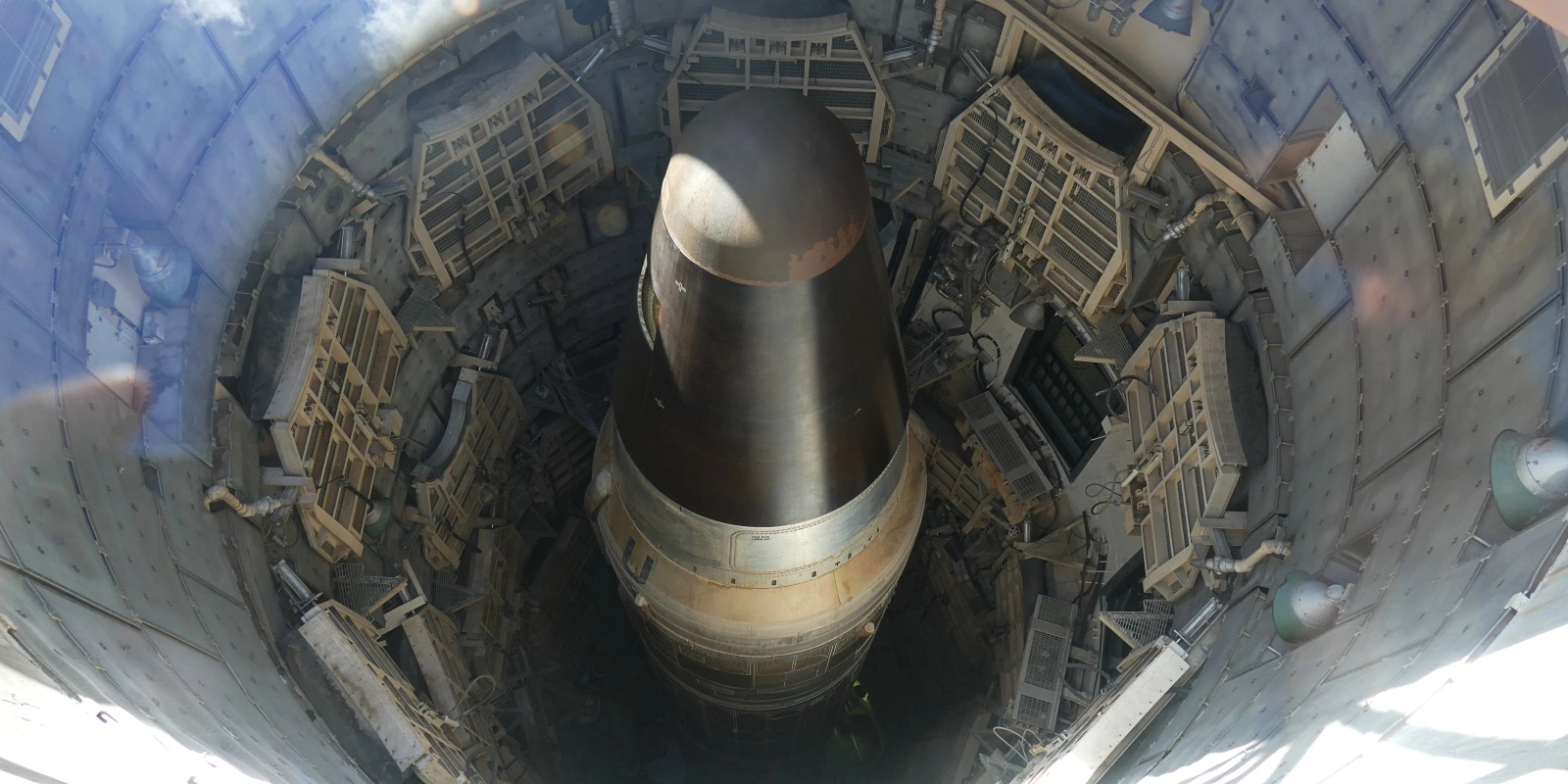
Our Global Risk team focuses on addressing and preventing the events and threats that could permanently cripple or destroy humanity. Among them: nuclear war, the next global pandemic, biological attack, and even a collision with a massive near-earth object. Humanity must proactively develop and pursue sound policies to protect against these dangers, including through global cooperation.
The Federation of American Scientists applauds the United States for declassifying the number of nuclear warheads in its military stockpile and the number of retired and dismantled warheads.
North Korea may have produced enough fissile material to build up to 90 nuclear warheads.
Secretary Austin’s likely certification of the Sentinel program should be open to public interrogation, and Congress must thoroughly examine whether every requirement is met before allowing the program to continue.
Researchers have many questions about the modernization of Pakistan’s nuclear-capable aircraft and associated air-launched cruise missiles.





